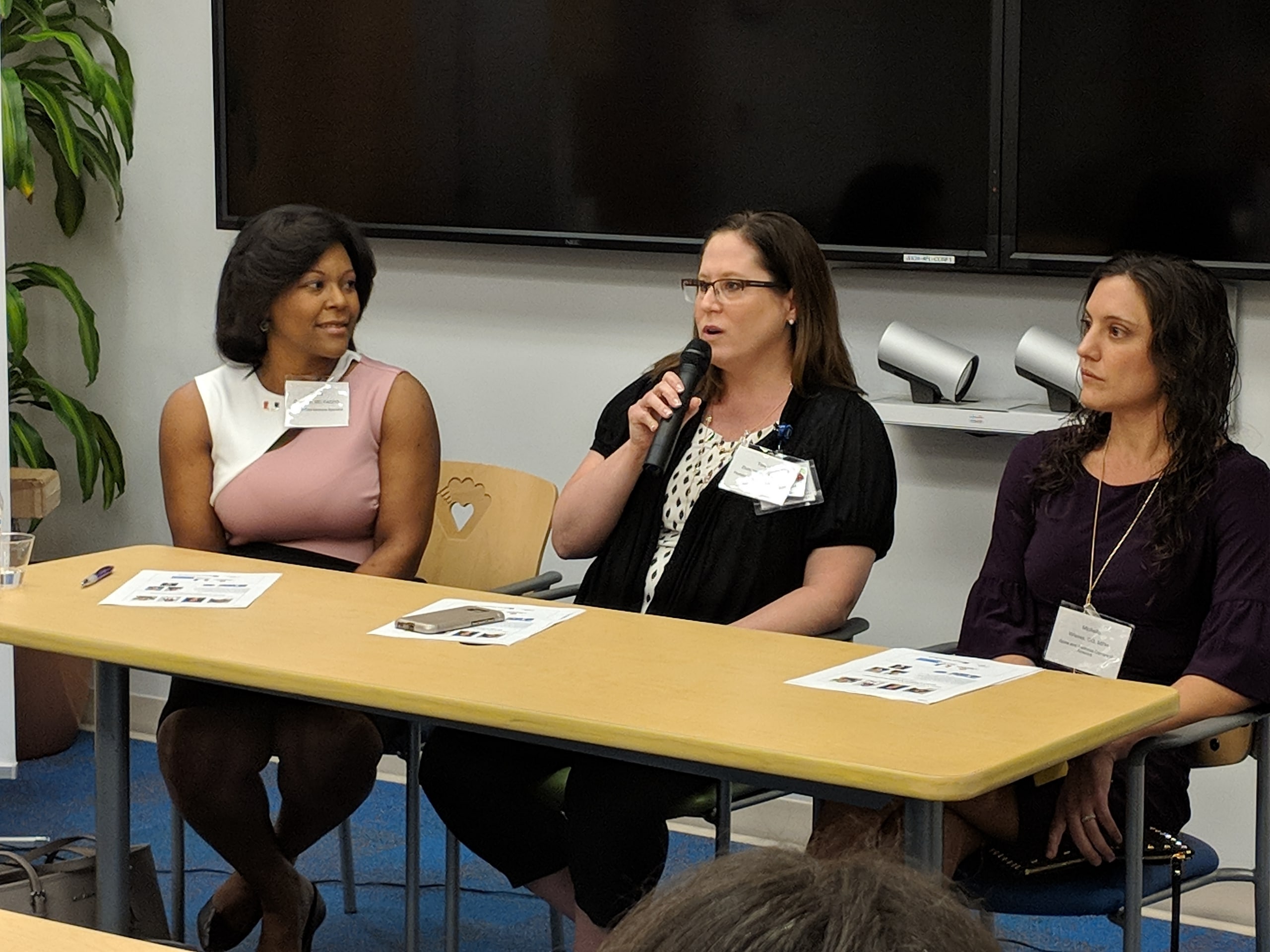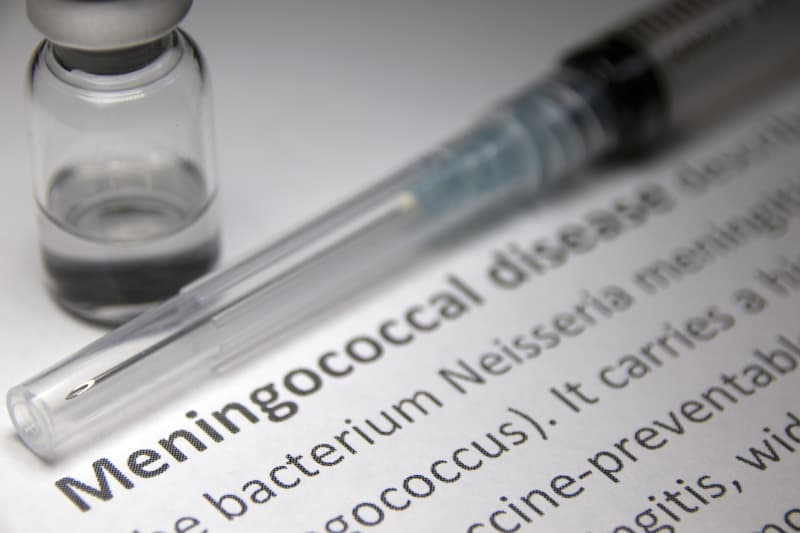PCCSF’s Dr. Duncan Joins Women in Medicine Panel Discussion at Joe DiMaggio Children’s Hospital

Three decades ago, just over a third of medical students were women. Today, women make up roughly 50 percent of medical students, which means women could make up 50 percent of the physician population in the near future.
To talk about this positive growth, FHI Communications invited PCCSF’s Dr. Teresa Duncan and two other leading female healthcare professionals to be a part of its 5th annual Women in Medicine Discussion: Celebrating the Legacy, Embracing the Future hosted at Joe DiMaggio Children’s Hospital on Tuesday, October 16th.
Dr. Duncan was and the panelists shared their unique story of the challenges they had to overcome and the opportunities that lie ahead for women in medicine.
“As women, we need to support each other,” said Dr. Duncan. “We benefit by openly talking to each other and understanding where we come from and where we’re going.”
Dr. Duncan began her training with a Bachelor of Arts in Biology from West Virginia University. She then obtained her doctor of medicine degree and continued her matriculation at Marshall University, also in West Virginia. Meanwhile, she was also completing her Pediatric Residency, where she served as chief resident.
Dr. Duncan went on to move to South Florida to complete a fellowship in Pediatric Critical Care at Jackson Memorial Hospital/University of Miami. She enjoyed living and working in Miami so much that she remained a “local” and has practiced critical care with Pediatric Critical Care of South Florida since 2003. Her interests include the care and transport of children who require specialized critical care needs and volunteer outreach services for the under served.
With more women like Dr. Duncan entering the field, it provides a new perspective, and proves that women are just as talented and capable in the medical profession.






 The
The  The
The